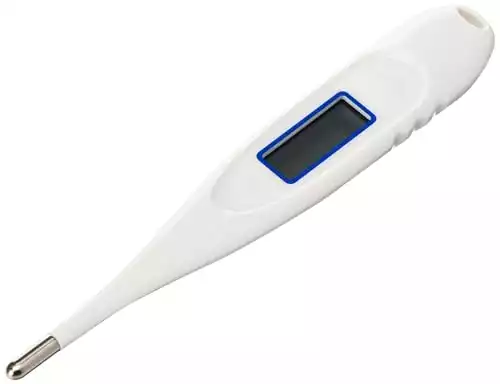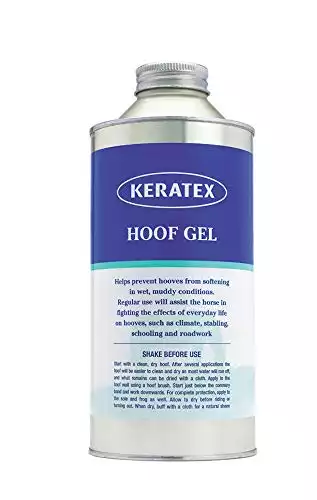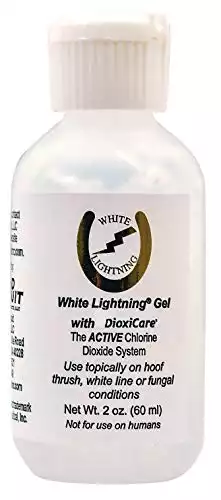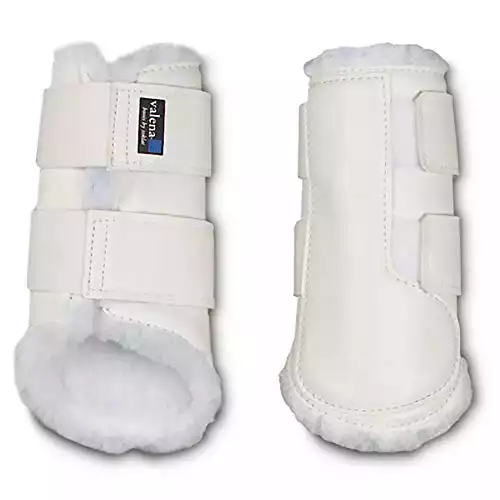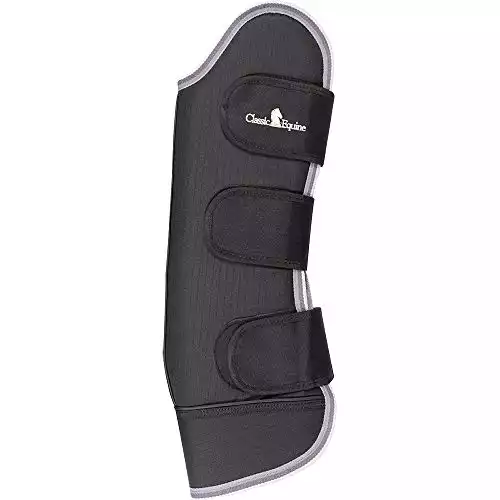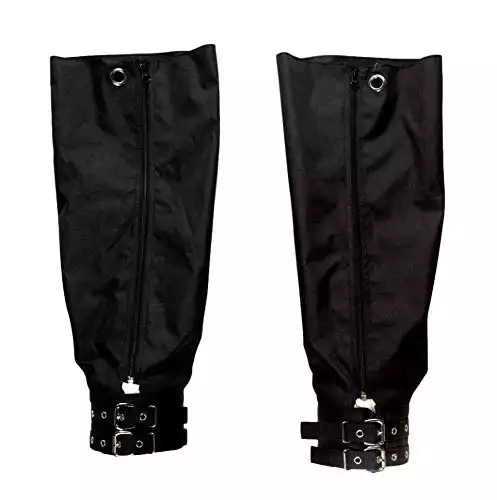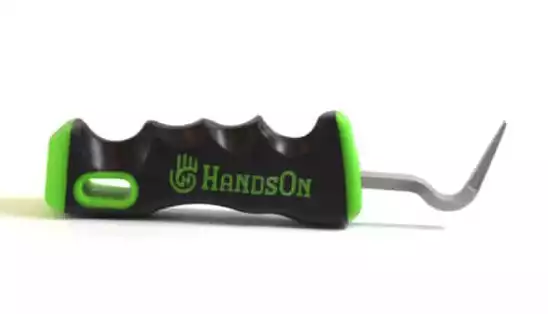Stocking up in horses – what you can do!
Stocking up is the term equestrians use to describe the swelling on a horse’s lower legs. This swelling should not be confused with lymphangitis or cellulitis, as stocking up has a different mechanism and treatment. Stocking up in horses can morph your horse’s legs into stovepipes.
Jump to shopping
Stocking up is more common in the hind legs, and is caused by lack of movement.
- Your horse’s circulatory system is a series of vessels and the heart. The further away the vessels are, the smaller the arteries and arterioles become. The capillaries are the smallest vessels and leak oxygen and nutrients from the bloodstream into the surrounding cells. This is normal!
- From there, any waste products that are not used by the cells are moved out of the tissues via the lymph system. This is an uphill battle from the legs to the body. However, horses have muscles, tendons, joints, ligaments, digital cushion mechanisms, and the like that can move the lymph fluid out of the legs when the horse is in motion. In the hind legs (very far from the heart), it’s the most difficult to pump the lymph system.
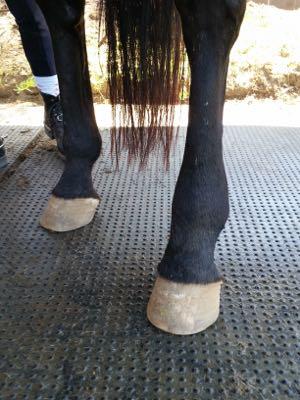
This is a mild stocking up – the pastern area is puffier than the other hind leg.
Movement is the key.
- The key to this entire system is movement. And, as many of us know, movement is limited when a horse is stabled for part of the day.
- Stocking up is most common in older horses, horses that are in stalls for long stretches of the day, and horses on stall rest.
But, some other things can contribute to fat horse legs.
- Skin irritations can create a leg that looks like it’s stocking up, but is really an inflammation due to infection, cellulitis, or something like that. Absolutely get your vet involved in these cases, as permanent damage can occur, and antibiotics and other medications are needed.
- Cases of scratches and equine pastern dermatitis can also create “stocked up” legs. When a horse’s skin becomes infected, swelling occurs. This can be minor or can end in cellulitis.

Silver Whinnys, from Sox for Horses, help with all sorts of dermatitis conditions. And you can use them for turn out or staying in.
Signs of stocking up in horses
- Stocking up is usually bilateral, meaning that both legs are affected. Typically, this swelling won’t cause lameness.
- Pain and the leg and a hot leg indicate injury or an infection like cellulitis. Stocking up does not usually cause pain and heat.
- Check your horse’s temperature, too. You should be aware that some diseases and conditions also cause stocking up, from an abscess to skin infection to rickettsial disease from ticks, to name a few. A fever can alert you and your vet to possible causes.
- The bottom line here – don’t assume a puffy leg is stocking up, ask your veterinarian.
Generalizations about stocking up
- Horses are designed to move around for about 20 hours a day. Exercise, hand walking, turnout, pasture time, and general movement can alleviate a stocked up horse, often in 15 minutes or so, although this will vary from horse to horse.
- You may also notice that your horse stocks up easier in warmer weather.
- Generally speaking, stocking up is not painful for your horse, but can morph into secondary problems if it persists for long periods. Secondary skin infections can happen as the skin is stretched and compromised. You may also notice stiffness in your horse that accompanies stocking up.

Movement is key to preventing stocking up!
What can you do about stocking up?
- Move your horse! More exercise, more turnout, more hand walks. When my senior citizen lived in a stall for part of the day, I would do a short hand walk at the beginning and end of his stall time. Not all horses have the luxury of moving freely for 24/7, so move him around. Bonus – a better relationship.
- Cool or cold water. You can use this as a supplement to movement. If ice boots work for you and your horse, you can try using them, too.
- Standing wraps. The jury is out on this one. Many believe that standing wraps can create dependence on them and weaken the lymph system. Some horses also develop skin issues and pressure sores due to the warmth and trapped moisture. If you are considering this option, your veterinarian is the place to turn to for specific instructions for your horse.
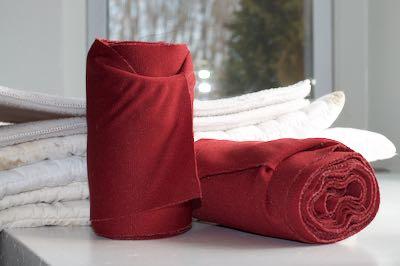
Standing wraps can help, too.
- Generally speaking, avoid poultice, sweats, or liniments. These all can create heat, which will worsen the stocking up. Again, your veterinarian can help you decide what is best for your horse’s situation.
Stock up here for your horse supplies! As an Amazon Associate, I earn from qualifying purchases, but it’s ZERO extra cents to you. You can also visit my Amazon storefront here: PEG storefront.
This style is great to protect the hoof, but is not soft and squishy for laminitis cases.
Thank you!



